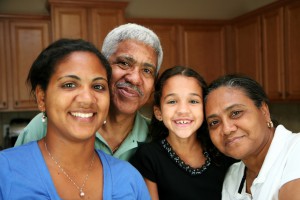
One of the stalwarts of the body’s immune system may actually aid the spread of cancer cells, according to a new Canadian study. White blood cells, or leukocytes, are immune system responders that defend the body against infectious disease and foreign substances. Produced in bone marrow, five distinct types of white blood cells circulate throughout the human body, including in the blood and lymphatic systems.
One way in which white blood cells protect the body from infection is by forming defensive DNA “webs” called Neutrophils Extracellular Traps. These webs trap harmful pathogens, but scientists at the Research Institute of the McGill University Health Centre in Montreal, Canada found that they also trap cancer cells circulating in the body, causing them to activate; thereby increasing the opportunity for cancer to metastasize and spread.
Perhaps more hopeful, researchers also found that disrupting the DNA web can halt the growth and spread of cancer, offering new cancer treatment avenues to explore. The first research to discover this method of cancer metastasis, findings were published in the Journal of Clinical Investigation and could jump start new immunotherapy cancer treatments.
In an announcement, lead researcher Dr. Lorenzo Ferri, MUHC director of Thoracic Surgery and the Upper Gastrointestinal Cancer Program, said:
“Medications already exist that are being used for other non-cancer diseases, which may prevent this mechanism of cancer spread or metastasis.”
Issels Integrative Oncology has more than 60 years of proven experience using advanced immunotherapy protocols to treat and arrest advanced forms of cancer. Visit our website to find out more about our cell therapies, gene-targeted therapies, cancer vaccines and other alternative cancer treatments.




